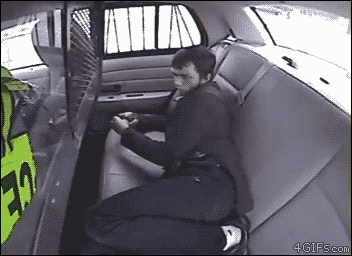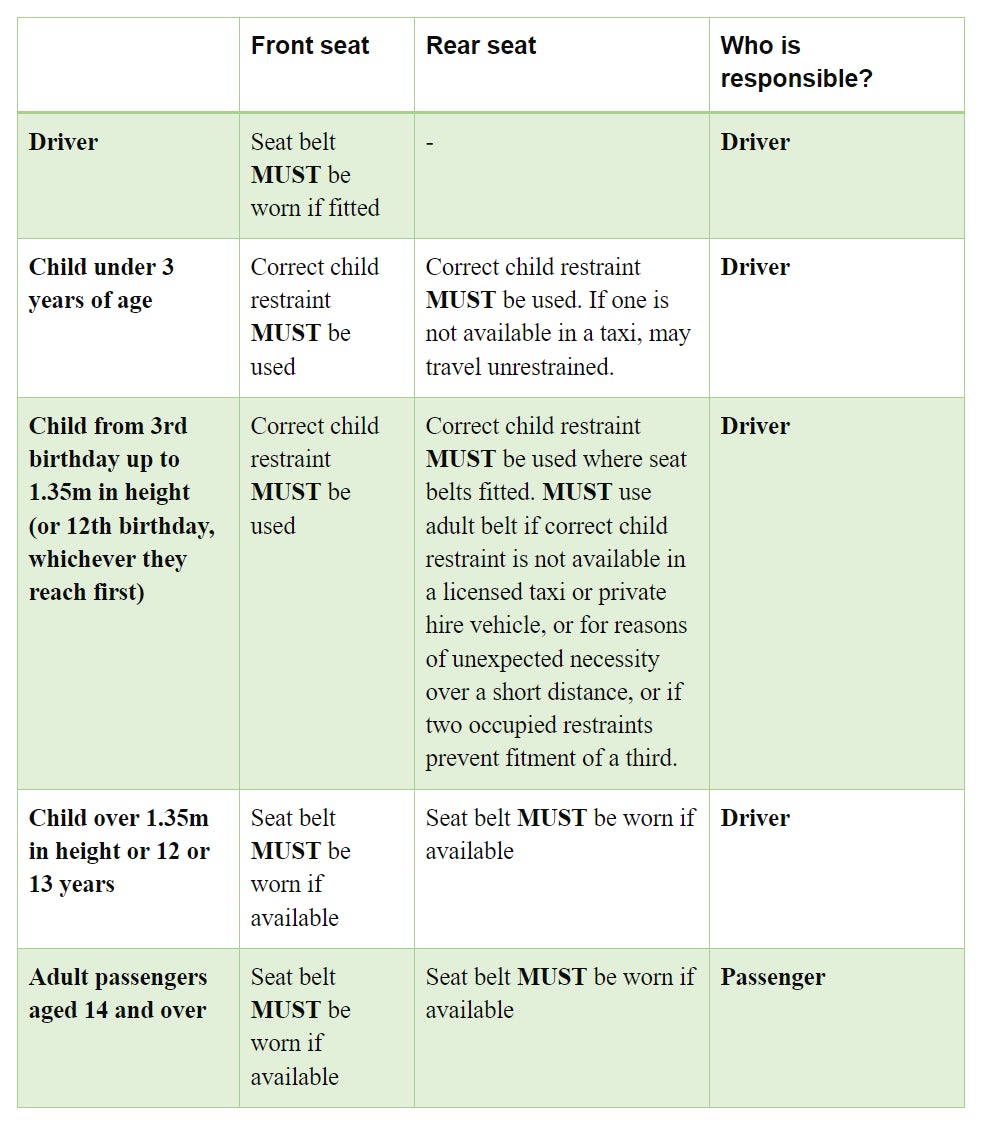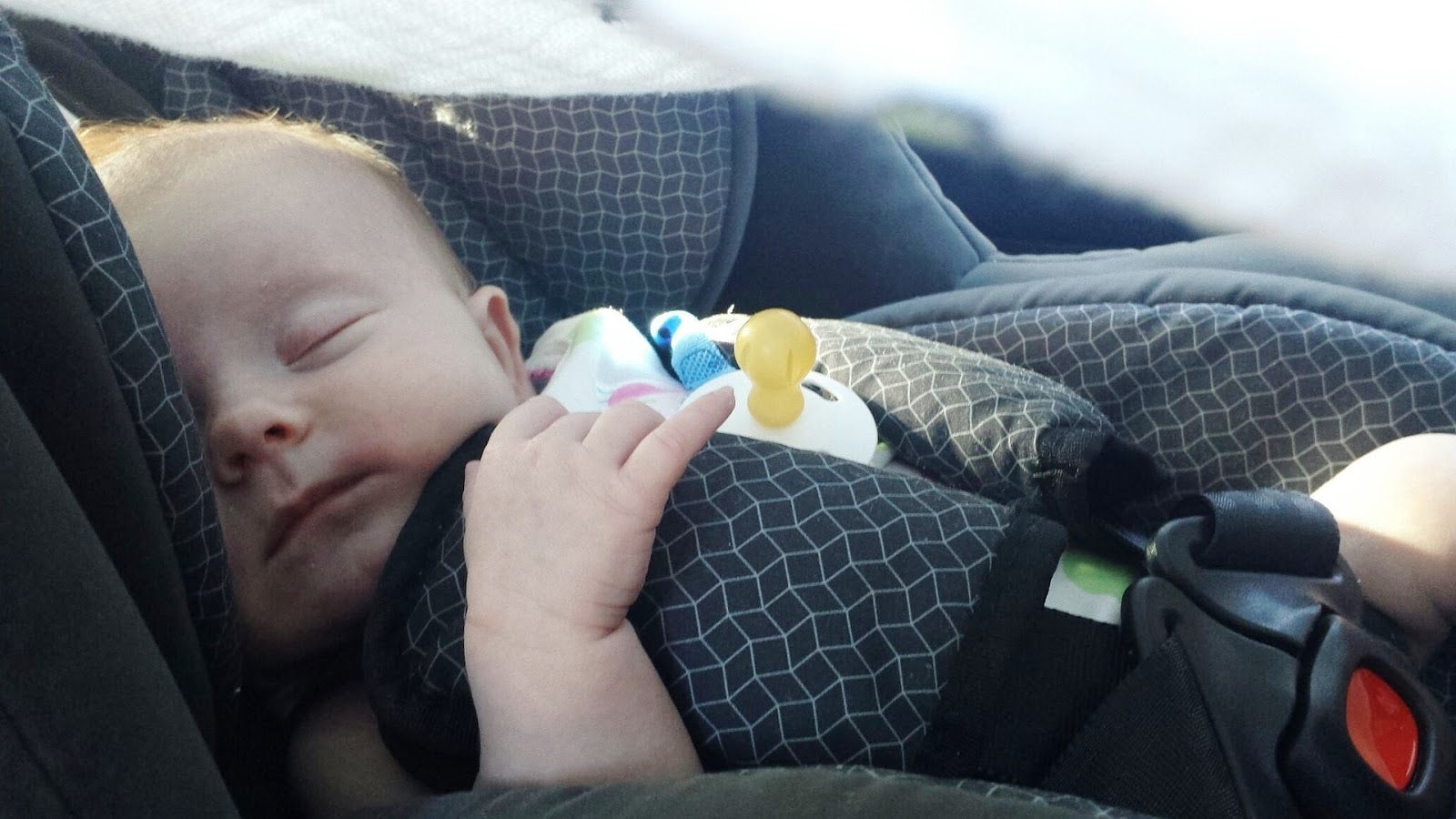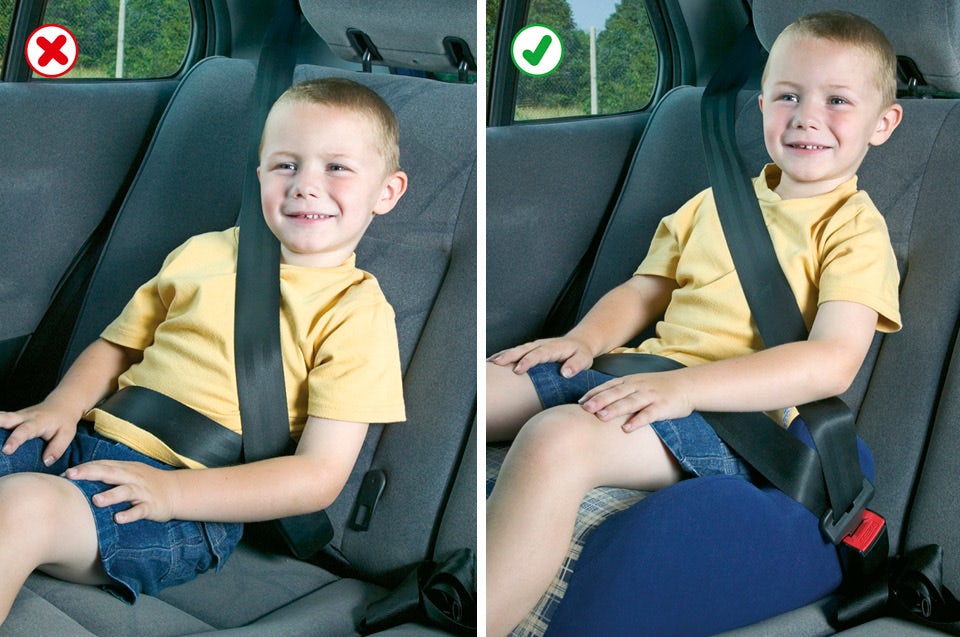
Seat belts increase the survival-rate for drivers and passengers. In a crash, the seat belt slows your body down and distributes the crash forces to strong parts of your body. Make sure that your seat belt is properly fastened. Unrestrained people are often thrown out of the car or thrown around inside - resulting in serious or fatal injuries.
It doesn’t matter how good of a driver you are, you never know who is behind the wheel of an oncoming vehicle or what situations may arise. You may be hit by a drunk driver running a red light, or be forced off the road by oncoming traffic.

A majority of all crashes happen on short trips - so wear a seat belt even if only travelling a short distance.
Using a seat belt
Seat belts work the most effectively when they:
- Are flat - i.e.have no turns or twists
- Are firm - remove any slack
- Are placed below your hips - which secures your bodyweight fully
In a crash, incorrectly worn seat belts may cause neck, chest and abdominal injuries.
Additionally:
- Pregnant women must be properly fastened and adjusted with care taken to protect the baby. The lap part of the belt should be across the hips and below the baby.
- Never share your seat belt with a child! Your weight could crush them in a crash or during heavy braking
- Never carry a child in your arms as they could be crushed, thrown around or thrown out of the vehicle in a crash
- A rear-facing baby seat MUST NOT be fitted into a seat protected by an active frontal airbag, as in a crash it can cause serious injury or death to the child.
- You may remove your seat belt while reversing
If your vehicle is involved in a severe crash, you should replace the entire seat belt assembly as it can be damaged and not function properly.
Seat Belt Requirements

Child restraints

Seat belts are not designed to protect small bodies. Children therefore need restraints that specifically fit their size and body.
Your child may be too small or large for a specified restraint. You should keep a small child in a lower level of child restraint as long as necessary. Conversely, you should move a child that is too large to fit the specified restraint to the next level of restraint.

The driver is responsible for ensuring that all children under 14 years of age wear seat belts or sit in an approved child restraint where required. If a child is under 1.35m tall, a baby seat, child seat, booster seat or booster cushion MUST be used suitable for the child’s weight and fitted to the manufacturer’s instructions.
